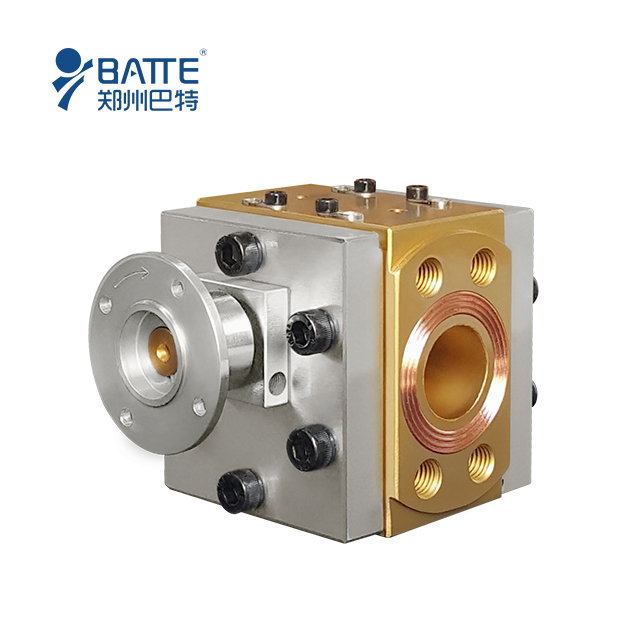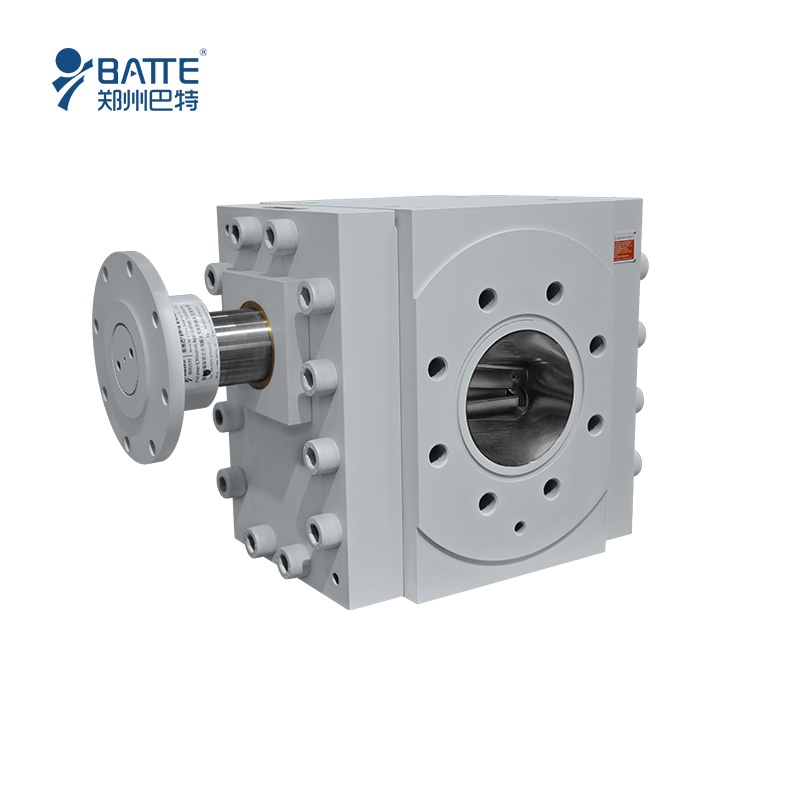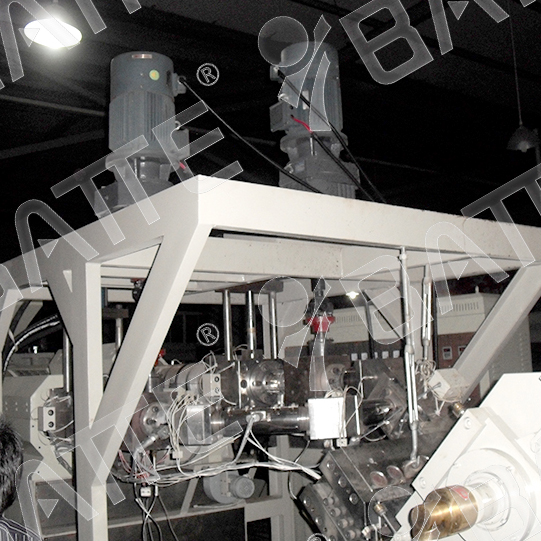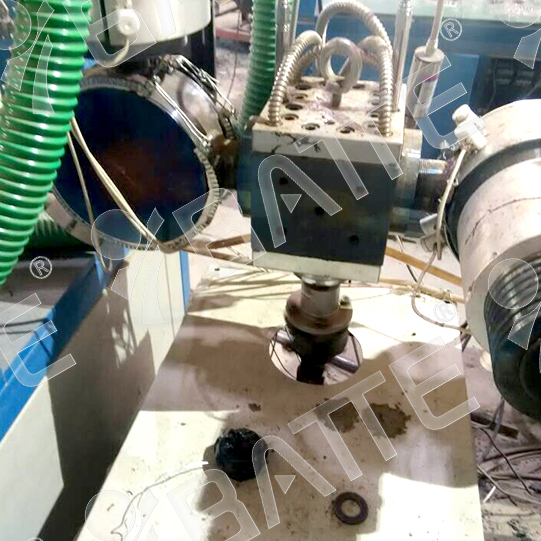
- Position:
- Batte Melt pump > NEWS >
Structural Optimization of PVC-Specific Melt Pumps
To address PVC's thermosensitivity and susceptibility to carbonization/decomposition during extrusion, the design of specialized melt pumps achieves high-efficiency adaptation through the following structural optimizations:
Flared Inlet Channel
Function: Expands the inlet diameter to reduce material entry resistance and minimize localized overheating caused by pressure fluctuations or unstable flow.
Advantage: Prevents material accumulation at the inlet, shortens residence time, and reduces thermal degradation risks.
Optimized Internal Flow Channel and Gear Structure
Channel Design: Employs smooth transitional curves to eliminate dead zones and turbulence, ensuring smooth material flow and avoiding localized high-temperature spots.
Gear Optimization: Precision gear meshing (e.g., double-helical gears or helical tooth structures) reduces shear force fluctuations, distributes heat more evenly, and minimizes mechanical heat accumulation.
Effect: Shortens material residence time in the pump (typically <1 minute), reducing retention risks by ~30%-50% compared to traditional designs.
Integrated Melt Self-Lubrication System
Principle: Utilizes PVC melt's inherent plasticization properties to form a dynamic lubrication film via precise gear clearance control (0.05-0.1mm).
Lubrication Discharge: Lubricated melt exits with the main flow, preventing residue carbonization and avoiding contamination from external lubricants.
Advantage Over Traditional Systems: Eliminates the need for external lubrication, reduces maintenance costs, and avoids grease carbonization-induced scorch defects.
Comprehensive Performance Enhancements
Temperature Control: Compatible with extruder temperature control systems; pump bodies withstand PVC processing temperatures (160-200℃) using high-temperature alloy steels or surface coatings.
Pressure Stability: Volumetric delivery via gear pumps ensures pressure fluctuations <±2%, reducing decomposition risks from sudden pressure changes.
Energy Efficiency: Optimized structures reduce energy consumption by ~15%-20% and minimize downtime for scorch cleanup.
In practical cases, this design reduced PVC pipe extrusion line scrap rates from 3%-5% to <1%, particularly effective for formulations with high fillers (e.g., calcium carbonate) or low thermal stabilizer content. Additionally, self-lubrication extended maintenance intervals from monthly to quarterly, significantly boosting productivity.
This PVC-specific melt pump design leverages synergistic fluid dynamic optimizations and material self-lubrication to resolve core challenges in thermosensitive material processing, emerging as critical equipment for high-efficiency extrusion molding.
Email: sale@meltpump.com
WhatsApp: +86 158 38331071

Any questions about our products, please feel free to contact us! We promise you high-end products and first-class service.Look forward to our cooperation!!!
- sales@battemachinery.com
- +0086-371-67991755






